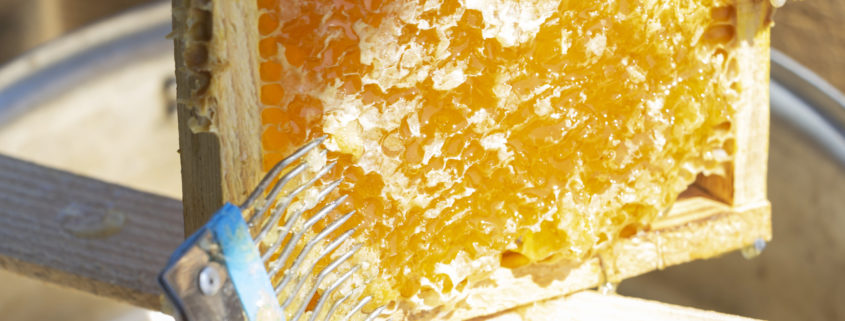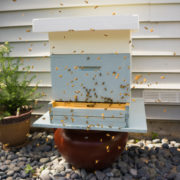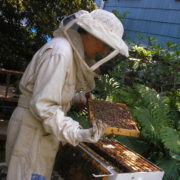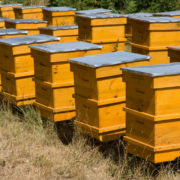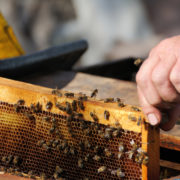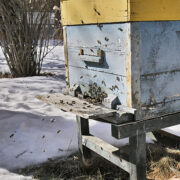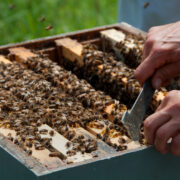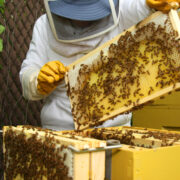When to Harvest Honey
Although there is no exact rule as to when to harvest honey, there are some general guidelines to consider that can help you maximize your honey harvest while also minimizing your impact on the bees. In today’s day and age of declining bee populations, it is important to not only consider your immediate goal of collecting honey, but also the long-term effect on the colony. Afterall, what good is a large honey harvest if the colony ends up in a stressed position that jeopardizes its ability to survive for the long haul going forward?
Based on our years of experience at Wildflower Meadows, we have found that it is generally ideal to harvest honey a little before the actual end of the honey flow – when the honey flow is approximately 80-90% complete. By this point, most of the honey has been capped and is ready for harvest, but the bees are still actively foraging. While the nectar flow is still on, the bees tend to be generally calm and focused on foraging rather than on the loss of their honey. While the honey flow is still in effect, the bees still have an attitude of abundance and are less apt to rob. Having that last bit of nectar still coming in during the honey harvest enables our beekeepers to work freely without much fear of robbing, while the bees themselves stay in a relatively peaceful state.
Another consideration is that during a honeyflow, honeybees typically build up their populations rapidly. This rapid increase in population can also, unfortunately, lead to a similar rapid growth in the varroa mite population. For beekeepers who monitor and treat their colonies for varroa, it is especially critical to monitor varroa populations during a strong honeyflow. In certain colonies, the varroa levels can often get so excessive during a honeyflow that the beekeeper needs to intervene and treat before the actual end of the honeyflow. Since many of the common varroa treatments require the absence of honey supers, sometimes the need for initiating a varroa treatment can in itself dictate the time for the honey harvest. In this situation, the beekeeper has no choice but to remove the honey supers to begin addressing the varroa mite issue.
Finally, beekeepers should always look ahead to assess the prospects for the remainder of the season when deciding on the timing of the honey harvest. If the major honey flow takes place early in the season, with a long stretch of dry, limited foraging ahead through the late summer and autumn (as is the case in much of California), it often can make sense to harvest honey earlier in the spring honeyflow – perhaps at the 60-70% mark. This leaves a sizable percentage of honey available for the bees themselves, enabling them to pack their colony with a generous amount of their own future food. This gives the bees a cushion of extra stores for any foraging scarcity that they may face later in the season.

